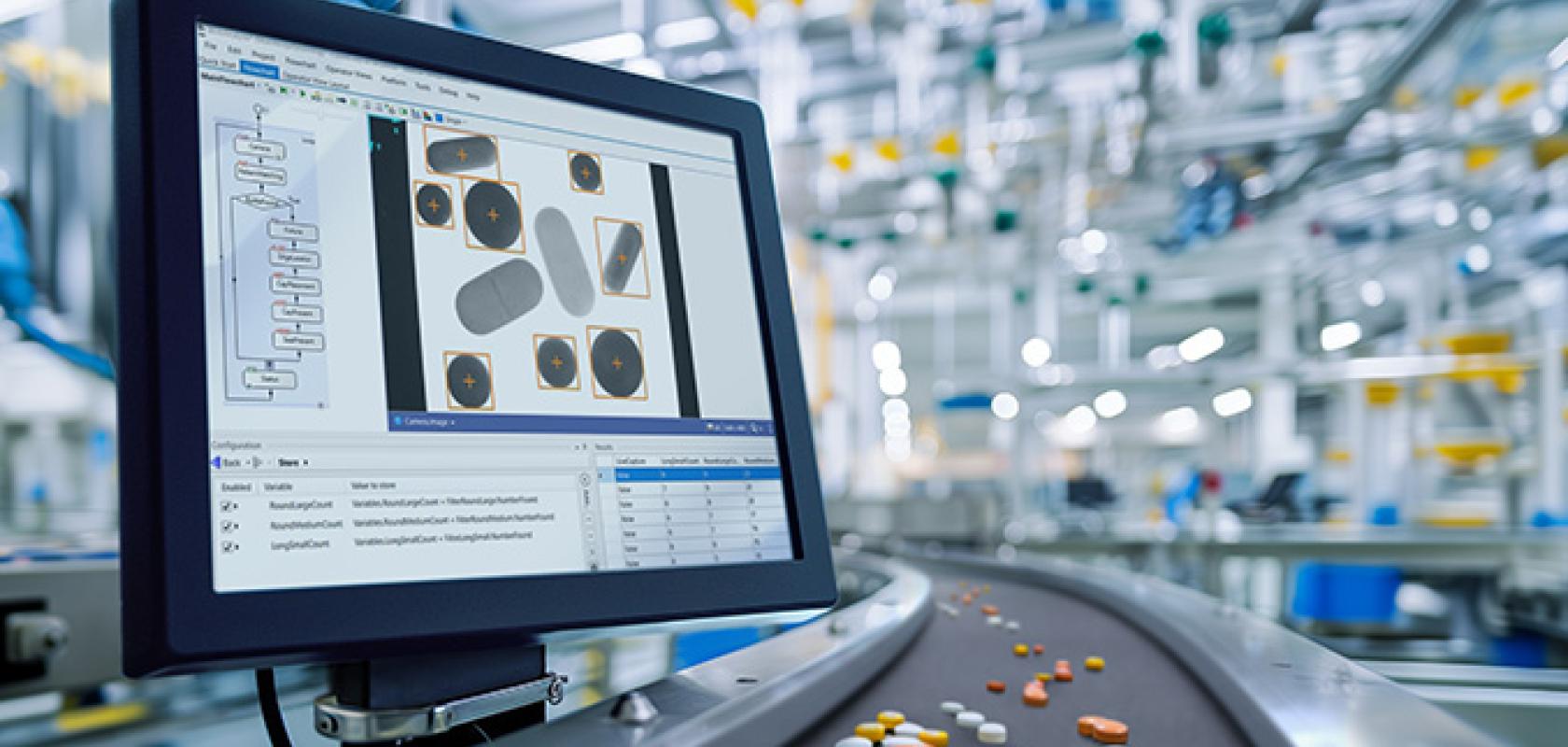As well as announcing new deep learning features added to its Aurora suite of machine vision software solutions, Zebra Technologies also recently revealed details of its AI Developer Challenge to utilise artificial intelligence further.
A recent report conducted by Zebra Technology to investigate the use of machine vision in manufacturing, found that as many as 61% of manufacturers expect artificial intelligence (AI) to drive growth in the sector globally before 2029. Meanwhile, a separate study specifically on the automotive industry found although AI applications are being used across the automotive supply chain, users believe it can do more.
In response, Zebra has armed its Aurora software suite with a range of new deep learning tools to improve visual inspection performance and effectiveness, including a new training engine, new anomaly detection tools for both defect detection and assembly verification, no-code optical character recognition (OCR), drag-and-drop environments and extensive libraries.
New deep learning features added to Aurora
“Manufacturers across many industries face longstanding quality issues and new challenges with advances in materials and sectors such as automotive and electronics,” said Donato Montanari, VP and GM of Machine Vision for Zebra Technologies. “They are looking for new solutions that complement and expand their current toolbox with AI capabilities.”
Developed by Zebra, these new solutions include advances in Aurora’s Imaging Copilot application, featuring a dedicated workspace for training object detection via deep learning. Additionally, the Aurora Vision Studio features a new training engine with better data balancing for faster and more reliable results, the Aurora Imaging Library is now able to find abnormalities after unsupervised training and the OCR tool it uses can read characters, digits, punctuation marks and certain symbols with the need to teach specific fonts.
Zebra developer challenge drives AI innovation
Although AI and deep learning are taking a bigger role within the world of machine vision, there is still plenty of space for human involvement. Reconfirming this fact, Zebra has recently set software developers a challenge. “Developers, in collaboration with engineers and data scientists, are building some of the most important advances in AI today,” said Stuart Hubbard, senior director of AI and advanced development at Zebra. “Business leaders across industries are looking for AI tools to help improve operations, optimise their workforce, drive revenue and elevate the customer experience.”
The challenge involves granting independent software vendors (ISVs) access to Zebra’s AI enablers and resources like software development kits (SDKs), private community forums, sessions with Zebra engineers and technical support.
A challenge for AI developers
Developers will be tasked with creating a functioning vision application using a Zebra-powered AI model and SDK. This can be combined with other technologies and AI tools such as those in Google’s ML kit, MediaPipe and Qualcomm’s AI hub, and the application must work on a Zebra mobile handheld device with the Qualcomm 6490 chipset.
Registrations to take part are now open and will close on 13 September 2024, and the challenge will run from 15 September - 15 December 2024, with the winners announced in January 2025.


